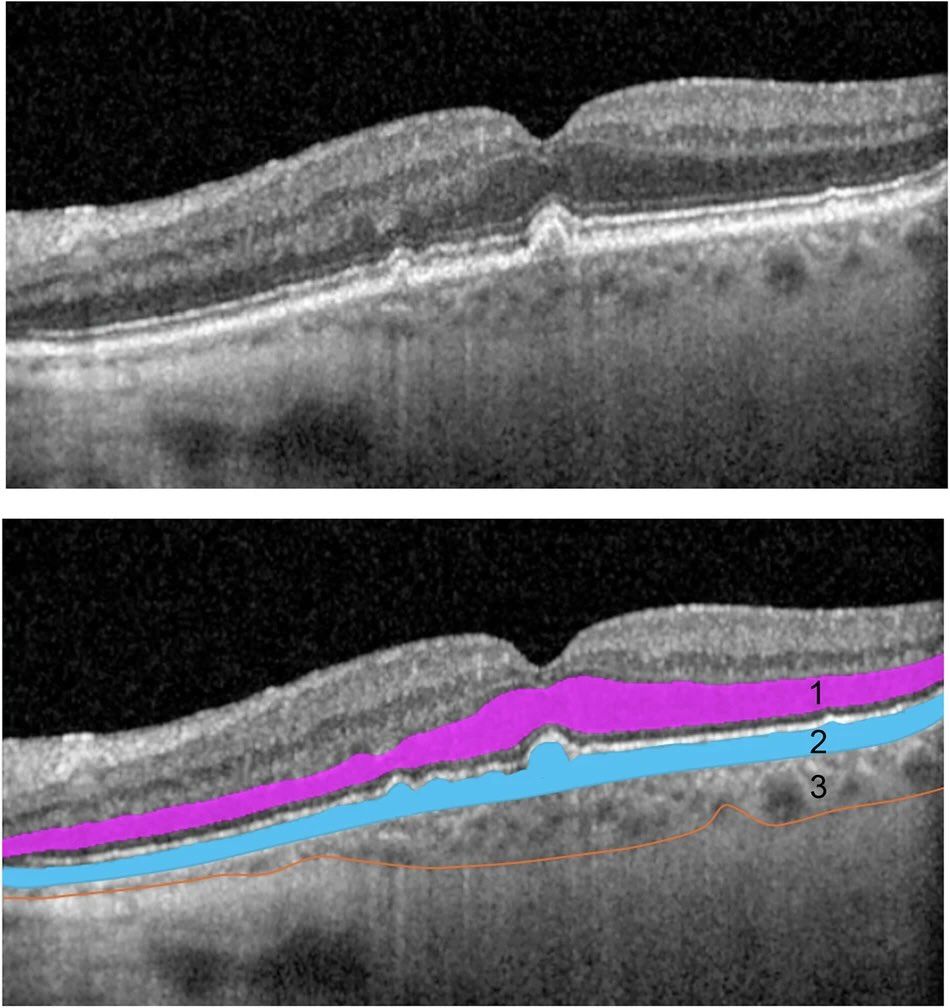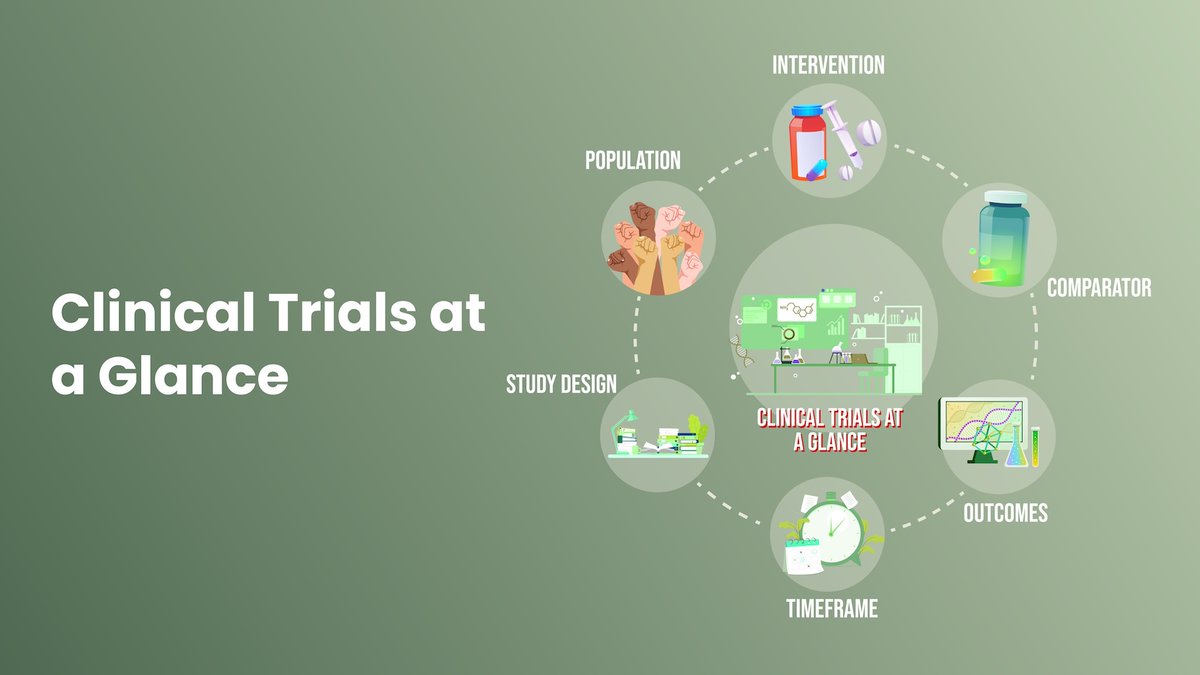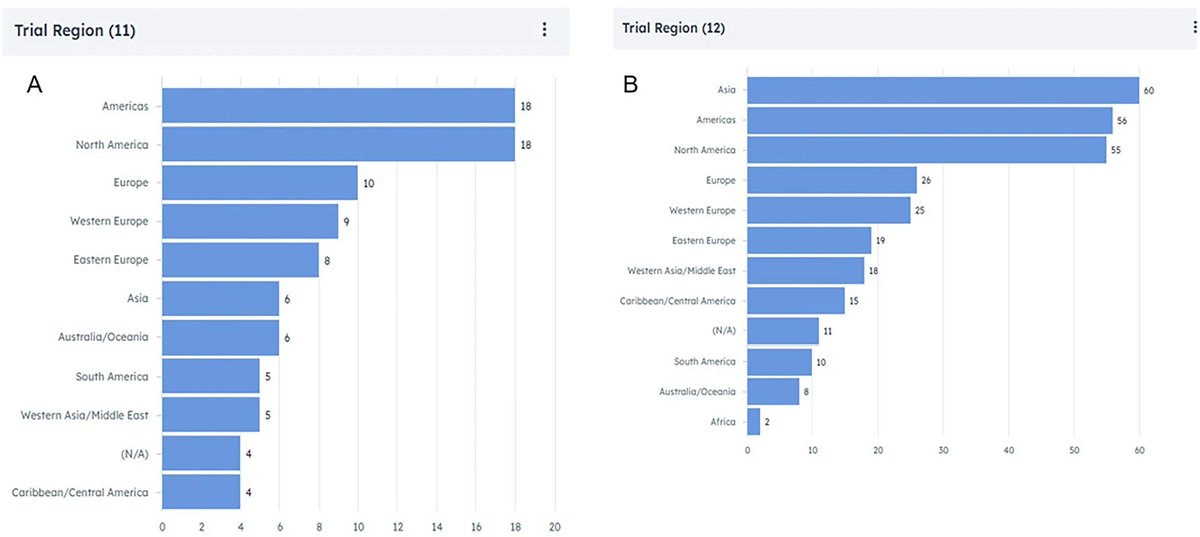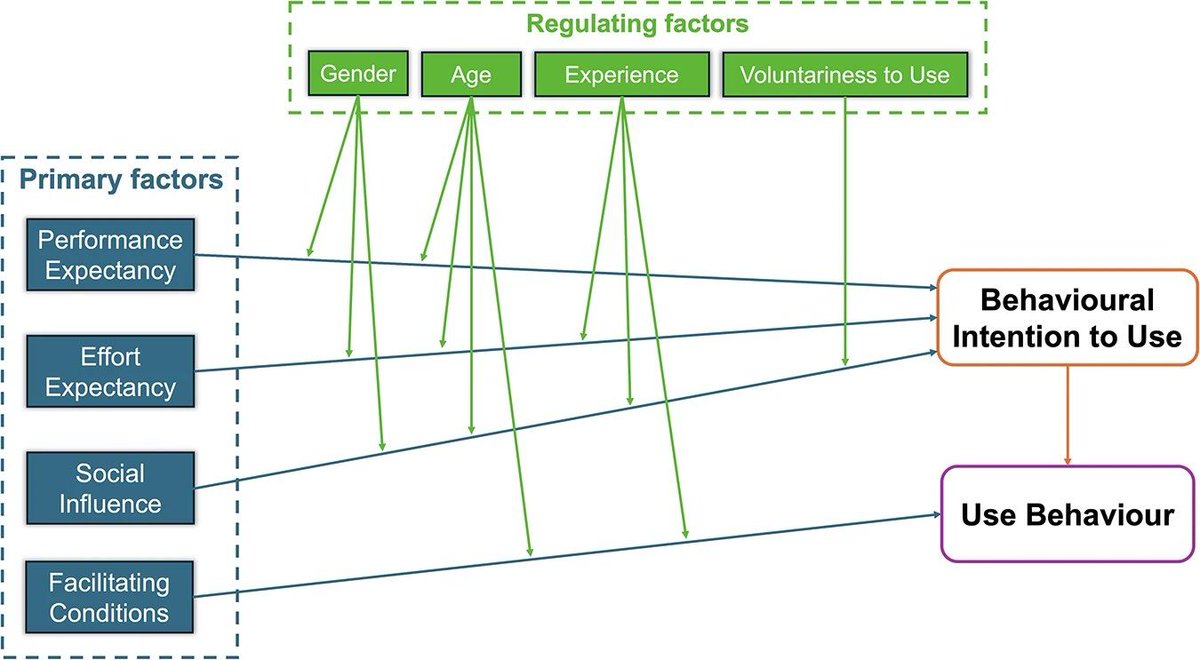
Eye Journal
@Eye_Journal
Advancing the science and practice of ophthalmology with the latest clinical and scientific based research and studies
Sickle cell retinopathy leads to vision loss but is less recognised than diabetic retinopathy. Our study highlights global research trends and funding disparities, advocating for more focus on SCR for health equity. #OpenAccess #Ophthalmology nature.com/articles/s4444… @Msfuseini

Even in early/intermediate AMD, structural retinal changes on OCT are linked to reduced visual function under bright & low light. These findings highlight key imaging markers of functional decline before advanced disease. #Ophthalmology #OpenAccess nature.com/articles/s4143…

Check out our 'Clinical Trials at a Glance' collection. An impressive online gallery of 50+ infographics summarising major #Ophthalmology trials. Everything you need to know at a glance - perfect for clinicians, researchers & educators. ➡️ nature.com/collections/ih…

Key challenges in UK’s Certification of Vision Impairment. Authors present CVI numbers in England and Wales, current challenges in the pathway, a new proposed CVI form for England, certification by optometrists in Wales, & updates from NI. #Ophthalmology nature.com/articles/s4143…

Oxford Eye Hospital has pioneered a minimalist, evidence-based approach to reduce intravitreal injection waste, cutting 3+ tonnes of waste & saving up to £180k annually without compromising safety. #Sustainability #Ophthalmology #OpenAccess nature.com/articles/s4143…

Diabetic retinopathy causes vision loss partly due to retinal non-perfusion, which current treatments don't address. The Sema3A/Nrp1 pathway is emerging as a key factor in RNP. Targeting it could preserve vision, and reduce treatment burden #OpenAccess nature.com/articles/s4143…

Review: Corneal transplantation has advanced rapidly, with selective techniques like DSAEK, DMEK, and DALK now the gold standard Advancements in bio-engineered corneas and cell-based therapies will help overcome barriers in donor supply nature.com/articles/s4143… #Ophthalmology

Patients in Europe face delays in accessing retinal treatments due to unclear clinical endpoint guidelines. The BRIDGE initiative aims to align EU and global standards, speeding up access through consensus on meaningful, patient-focused outcomes nature.com/articles/s4143…

Now in EYE OPEN: Most racial and ethnic groups lack representation in ophthalmology clinical trials. This study evaluates whether initiatives implemented by Roche/Genentech since 2017 have improved clinical trial demographic diversity. Read #OpenAccess: nature.com/articles/s4444…

Depth perception issues explained @AlbinismUK @RNIB @Moorfields instagram.com/reel/DLSzRAssh…
We're happy to be supporting #SASsix
Another medical royal college join the #SASsix supporting organisations today. Welcome @RCOphth! We appreciate every organisation who commits to making #SASsix a reality.
NEW Open Collection - Sustainability in Ophthalmology Discover how #Ophthalmology is evolving to meet today’s environmental, economic, and social challenges. We welcome further submissions on this important topic. nature.com/collections/bb…

#Cataract: what really causes lens opacification? This review looks beyond lab animals to our companion dogs, cats & horses to explore how daylight, diet, diabetes, dehydration, drugs, DNA & damage affect lens opacification. nature.com/articles/s4143… #Ophthalmology #OpenAccess

We’re pleased to share our latest publication in @Eye_Journal (Nature): 🔬Brolucizumab clinical & safety outcomes in a neovascular Age-related Macular Degeneration database: Fight Retinal Blindness Spain (FRB Spain 🇪🇸)👁️ A national study by @hospitalclinic @idibaps @UniBarcelona
We're very proud of this impressive achievement for our journal! Well done to everyone involved 👏
Very pleased to share that Eye's 2024 #impactfactor has risen to 3.2. Now ranked 17th out of 98 journals in #Ophthalmology Thank you to our authors, reviewers, and editorial board members for your invaluable contributions!
A UK study found students preferred the flipped classroom model for #ophthalmology teaching—especially for case-based learning using interactive tools. A blend of flipped and traditional methods best addresses students' needs. Eye Open: nature.com/articles/s4444…

Very pleased to share that Eye's 2024 #impactfactor has risen to 3.2. Now ranked 17th out of 98 journals in #Ophthalmology Thank you to our authors, reviewers, and editorial board members for your invaluable contributions!

#AI is widely accepted in #ophthalmology by patients, clinicians & the public—but key concerns remain. To build trust & adoption, we need robust studies, clear rules, patient education, clinician training & a focus on safety, privacy & cost-effectiveness. nature.com/articles/s4143…

A new study from Vellore, South India, reports that 14% of adults aged 41–44 already show signs of lens opacities, suggesting early ocular ageing. Risk factors include asthma, high HbA1C, hypertension, and low vitamin D levels. nature.com/articles/s4143… #Ophthalmology #OpenAccess
